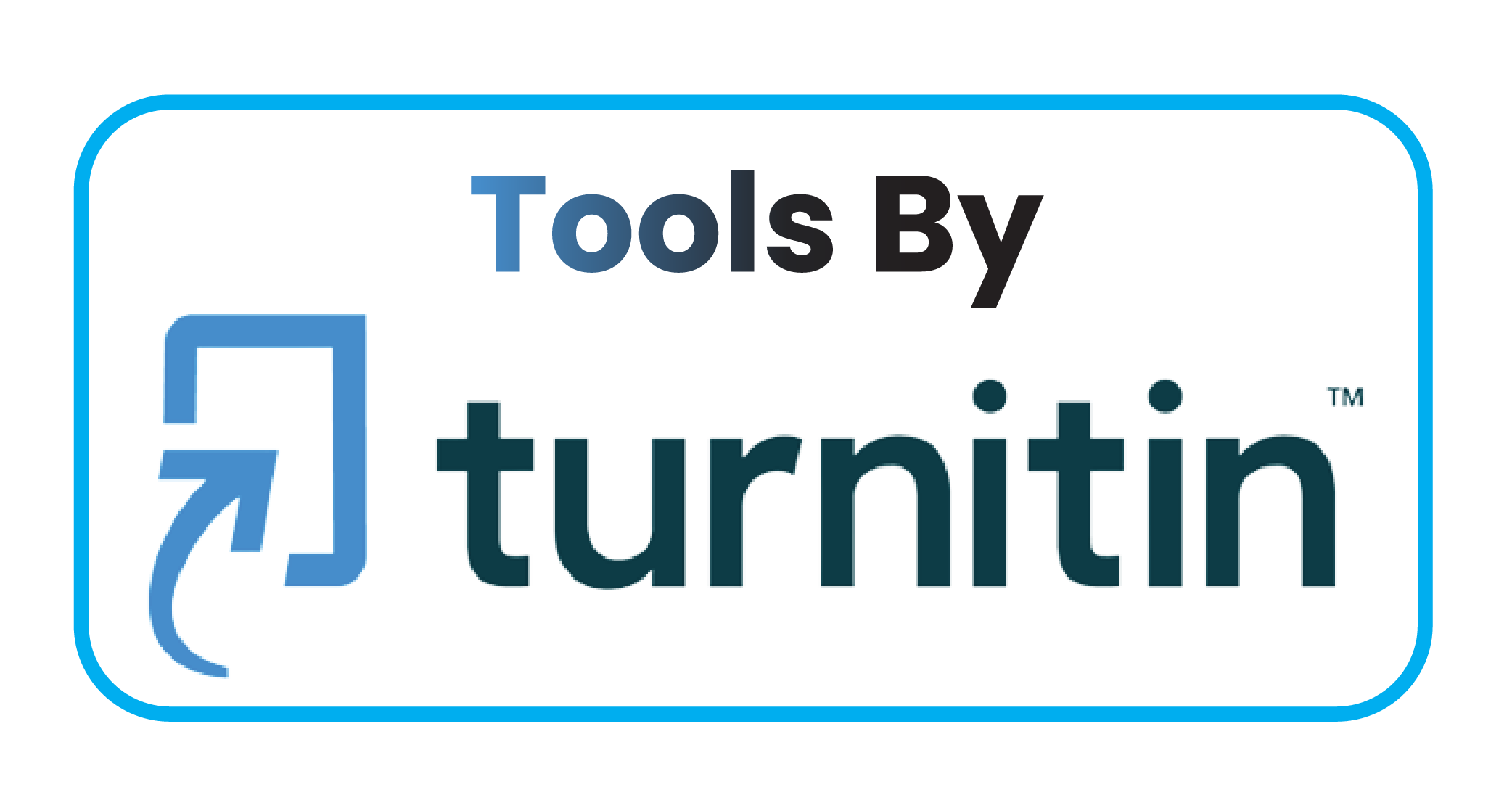Improving The Quality of Students' Paragraph Writing Through Peer Assessment
DOI:
https://doi.org/10.59888/ajosh.v1i01.1Keywords:
keyword peer assessment, paragraph, writingAbstract
The method used in this research is classroom action research design. The primary objectives of this research are to describe the teaching and learning process on paragraph writing through peer-assessment, to establish the amount of influence over the improvement of students ability in paragraph writing. The instruments employed to gain the data are through paragraph writing tests and observation. The tests are given before and after giving the treatment of peer assessment to appraise their own performance; furthermore, the observation is conducted to observe the teaching and learning writing process in the classroom using continuous assessment. The subjects of the research are the students of English Department who are at the fourth semester and join the subject of Writing III at Cirebon STIBA INVADA. The results of the students’ paragraph writing are then analyzed on the basis of the paragraph elements and the scoring procedure according to analytic scale for rating composition proposed by Brown and Bailey. The data are analyzed qualitatively through identification and classification; additionally, they are interpreted using comparative analysis. The results of the research is that the students ability increase substantially after participating in peer assessment. The average score for all paragraph elements is improving; the average score in pretest is 36.41, meanwhile the employing of peer assessment has given rise to the score in post test by 64.35; on the whole, the students’ ability on paragraph writing increases by 43.42%. Thus the evidence seems to be strong that peer assessment can do significantly for students’ achievement in writing.
References
Brown, Douglas H. 2004. Language Assessment: Principles and Classroom Practice. Longman: Pearson Education.
Harmer, Jeremy. (2007). The Practice of English Language Teaching. Cambridge: Pearson Education Limited.
Hartoyo. 2011. Language Assessment. Semarang: Pelita Insani
Krashen, S. 1985. The Input Hypothesis. London: Longman Group, Ltd.
Malehorn, Hal. 1994. Ten measures better than grading. Clearing House 67.6.
Nation, I.S.P. 2009. Teaching ESL/EFL Reading and Writing. New York: Routledge
Oshima, Alice. and Hogue, Ann. 2007. Introduction to Academic Writing, 3rd ed. Longman: Pearson Education.
Raimes, Ann. 1998. Teaching Writing. Annual Review of Applied Linguistics, 18, 142-167.
Reid, Joy. 1993. Teaching ESL Writing. englewood Cliffs, NJ: Prentice Hall Regents.
Roger Murphy (2001) - Assessment Series No.5. A Briefing on Key Skills in Higher Education http://www.ltsn.ac.uk/genericcentre/projects/assessment/assess_series/05KeySkills.rtf
Ryan, Gina J., et al. "Peer, professor and self-evaluation of class participation." Active Learning in Higher Education 8.1 (2007): 49–61.
Saragi, T., Nation, I.S.P. and Meister, G. 1978. Vocabulary learning and reading. System 6, 2: 72-78.
Downloads
Published
Issue
Section
License
Copyright (c) 2022 Cecep Agus, Yeti Nurhayati

This work is licensed under a Creative Commons Attribution-ShareAlike 4.0 International License.
Authors who publish with this journal agree to the following terms:
- Authors retain copyright and grant the journal right of first publication with the work simultaneously licensed under a Creative Commons Attribution-ShareAlike 4.0 International. that allows others to share the work with an acknowledgement of the work's authorship and initial publication in this journal.
- Authors are able to enter into separate, additional contractual arrangements for the non-exclusive distribution of the journal's published version of the work (e.g., post it to an institutional repository or publish it in a book), with an acknowledgement of its initial publication in this journal.
- Authors are permitted and encouraged to post their work online (e.g., in institutional repositories or on their website) prior to and during the submission process, as it can lead to productive exchanges, as well as earlier and greater citation of published work.










